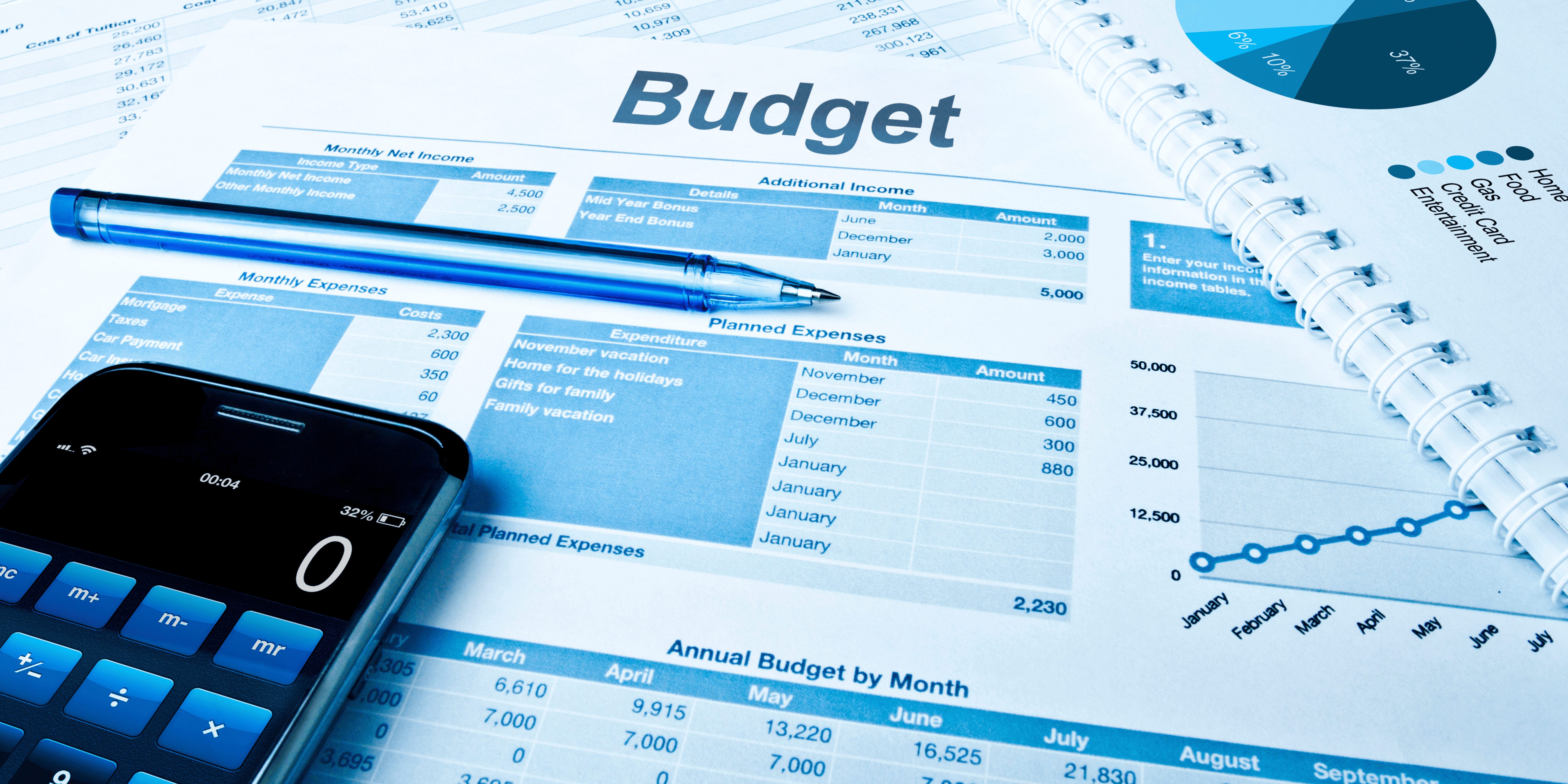A GLIMPSE OF THE UNION BUDGET 2025
The Union Budget 2025 was presented by the Finance Minister of India, Nirmala Sitharaman for the Eighth Consecutive time, on February 1, 2025. The Finance Minister maintained a focus on the educational and economical growth, skill development programmes, reduction in tax burden, infrastructure, and tourism as she addressed the citizens by enunciating the measures taken to improve or benefit these sectors.
1. Relief Measures for Citizens
The budget aims to offer financial stability of individuals, particularly the middle class.
- Income Tax Relief: The income tax exemption limit was ₹7 lakh earlier, which is now increased to ₹12 lakh per annum. This initiative will enhance savings and utilisation. It is made to elevate disposable income for middle-class households. 
- Revised Tax Slabs: Under the New Tax Regime, the maximum tax rate of 30% will be applicable to incomes of ₹24 lakh and above. This new tax slab was introduced with reduced rates for incomes for an earning class above the new exemption limit.
- Adjustments in Rebate and Standard Deduction: The new budget aims to reduce the tax burden on single taxpayers by changing rebate and standard deductions under Section 87A.
2. Promotion for Micro, Small, and Medium Enterprises (MSMEs)
The budget addresses the importance of MSMEs in the economy by providing an array of proposals to support the sector and ensure its growth in the following manners:
- Scheme for Increasing Credit Guarantee Coverage: The cover under the Credit Guarantee Scheme has been enhanced substantially from ₹5 crore to ₹10 crore that will enable many small business owners to access funds. 
- Export Promotion Mission: A dedicated export promotion mission of ₹2,250 crore has been launched for easy access to export credit, cross-border factoring support, and assistance in non-tariff measures of MSMEs in overseas markets.
- Modified MSME Classification Criteria: The investment and turnover limits for the classification of MSMEs have been enhanced to 2.5 times and 2 times, respectively. This move is expected to enable MSMEs to attain greater efficiencies of scale, technological upgradation, and better access to capital.
- Customized Credit Cards for Micro Enterprises: In the first year, 10 lakh customized credit cards with a ₹5 lakh limit will be issued by the government to micro enterprises registered on the Udyam portal. The aim of this initiative is to increase credit accessibility and help micro businesses grow.
- Fund of Funds for Startups: A new Fund of Funds with an expanded scope and a fresh contribution of ₹10,000 crore will be established to support startups, thus fostering innovation and entrepreneurship within the MSME sector.
3. Focusing on Development
The budget aims to enhance industrial sector through various planned measures:
- National Manufacturing Mission: A holistic mission for small, medium, and large industries has been launched to take forward the "Make in India" initiative. This mission is introduced to enhance manufacturing capabilities, promote innovation, and improve the overall competitiveness of Indian industries. 
- Maritime Development Fund: The fund is ₹25,000 crore with a 49% contribution of the government, hence provides long-term funds for maritime projects. Its objective will support growth in the maritime sector and shipbuilding industry.
- Shipbuilding Policy Overhaul: SBFAP was changed, increasing the customs duty exemptions on raw materials for an additional 10 years. The customs duty exemption would reduce the costs and foster growth in shipbuilding.
- Infrastructure Status for Ships: Large ships will be granted infrastructure status and, therefore, will be permitted to raise easy finance through External Commercial Borrowing and insurance money. This would help the shipping industry by ensuring better access to capital.
4. Boosting Tourism and Business Environment
- Green Investments: Emphasising India’s climate, new tax deductions have been introduced for businesses investing in green technologies, renewable energy projects, and electric vehicles (EVs).
- The UDAN (Ude Desh ka Aam Nagrik) scheme aims to connect small and medium cities with major urban centers through affordable air services. This scheme has successfully helped to connect 1.5 crore middle-class travelers across 88 airports with 619 routes. Now, planning to expand to more 120 new destinations, along with the development of 50 top tourist destinations.
5. Reforms in Goods and Service Tax
The budget introduced several changes to the GST laws to enhance trade facilitation:
- Input Tax Credit Distribution: A new provision has been incorporated to retool the distribution of input tax credit among several locations of a registered person. This would make it easier for businesses with locations all over the country in terms of credit handling at their multiple locations.
- GST Collection Estimates: The Central GST collections in FY 2025-26 is estimated to be ₹11.8 lakh crore, suggesting the increase in collection of indirect taxes.
6. Promoting good quality education and aiming for zero poverty
The Finance Minister presented the budget with the theme ‘’Sabka Vikas’’ arousing balanced growth in all sections.
- The Union Budget includes principles such as Zero Poverty and ensuring hundred percent good quality education.
- One of the fundamental points of the budget is increasing attention towards technical education. The Finance Minister has allocated ₹11,349 crore to Indian Institutes of Technology (IITs) which is 9.92% higher than the previous year. The government further aims to expand infrastructure at five IITs, adding 6,500 seats.
Vivek K Singh
Founder & MD, SNVA Group

